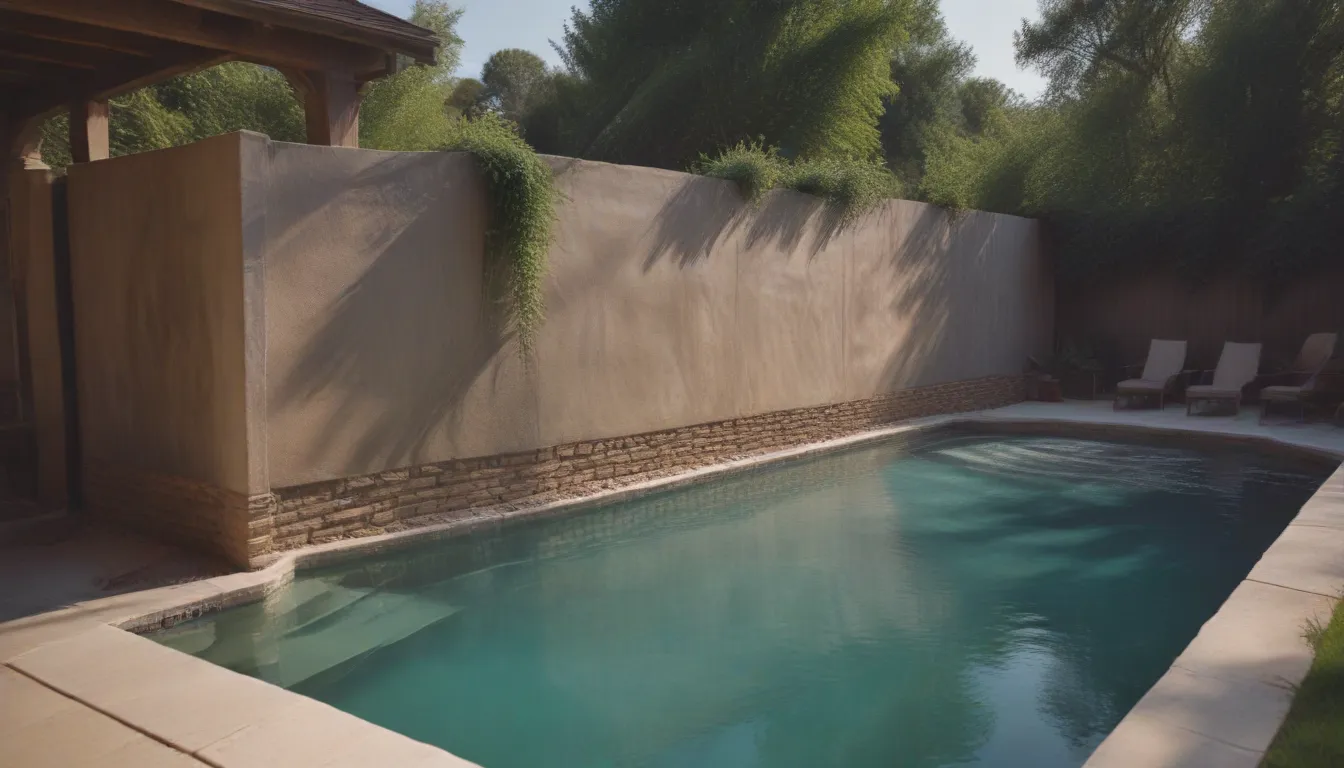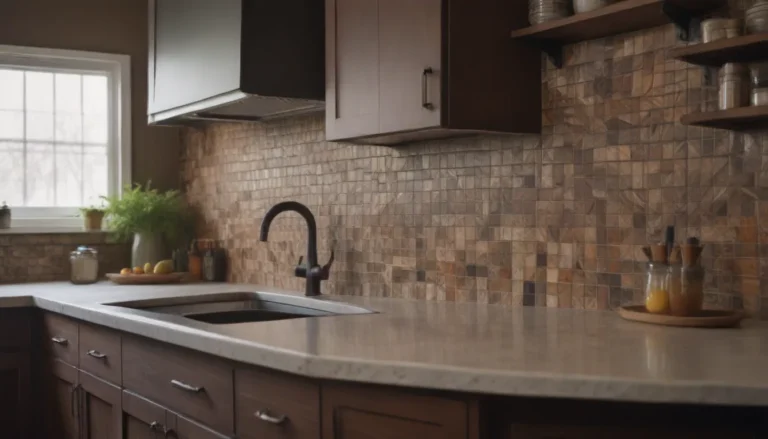Comprehensive Homeowner’s Guide to Replastering Your Pool

As a proud pool owner, taking care of your investment is key to ensuring many years of enjoyment. Replastering a concrete pool is a significant maintenance task, but understanding the process and knowing when to replaster can save you time and money in the long run. In this detailed guide, we will take you through everything you need to know about replastering your pool, from the signs that indicate it’s time to replaster to the step-by-step process and maintenance tips.
Understanding the Importance of Pool Plaster
Pool plaster serves as the final coating on a concrete pool, creating a watertight seal that keeps the water in and protects the pool’s structure. It acts as a protective barrier against harsh pool chemicals, ensuring the longevity of your pool.
Signs Your Pool Needs Replastering
Recognizing the signs that your pool needs to be replastered is crucial in preventing permanent damage. Some common signs include leaking, cracking, and a rough texture on the plaster. If you notice any of these signs, it’s time to consider replastering your pool.
The Process of Replastering Your Pool
Replastering a pool is a complex process that requires professional expertise. Here’s a breakdown of the steps involved in replastering your pool:
1. Drain the Pool and Relieve Hydrostatic Ground Pressure
- Draining the pool is essential for working on the surface.
- Hydrostatic ground pressure must be relieved to prevent the pool from “popping.”
- A pump is used to continuously remove rising groundwater to prevent cracking.
2. Prepare the Pool Surface for Plaster
- Chip away existing plaster around fittings, tiles, and areas with damage.
- Create a rough surface for the new plaster to bond to.
3. Acid Wash the Surface
- Remove debris and roughen up the surface for better adhesion.
- Ensure the surface is clean and ready for plaster application.
4. Apply a Bond Coat
- Paint a bonding agent on the cleaned surface to help the plaster adhere.
- Allow the bond coat to dry for 8 to 10 hours before proceeding.
5. Apply the Plaster
- Use a hand trowel to apply the plaster in one or two coats.
- The first coat covers deep spots, while the second coat provides a finishing layer.
6. Fill and Treat the Pool
- Refill the pool with water immediately after plaster application.
- The plaster will cure underwater over the next month.
- Monitor pool chemistry and run filtration system continuously for optimal curing.
7. Perform Maintenance Tasks
- Monitor and adjust pH levels as the pool cures.
- Regularly test chemical balances and maintain proper water quality.
- Follow recommended maintenance tasks to ensure the longevity of your plaster.
Cost of Replastering Your Pool
The cost of replastering a pool can vary depending on factors like size, type, finish, and location. On average, homeowners can expect to pay between $6,500 to $30,000 for replastering. Specialty colors or textures may increase costs significantly. It’s essential to invest in proper replastering to avoid more expensive repairs in the future.
Resurfacing vs. Replastering
Understanding the difference between resurfacing and replastering is crucial for making informed decisions about pool maintenance. Replastering involves removing the old plaster and applying new plaster, while resurfacing applies a new surface over the existing one. Failing to replaster your pool can lead to structural damage over time, making it essential to adhere to a regular maintenance schedule.
In conclusion, replastering your pool is a necessary investment in preserving the integrity and longevity of your pool. By understanding the signs that indicate it’s time to replaster, following the proper replastering process, and maintaining your pool post-replastering, you can ensure years of enjoyment in your beautifully restored pool.
Remember, a well-maintained pool is a happy pool! So, get ready to dive into the exciting world of pool replastering and keep your aquatic oasis in top condition.





